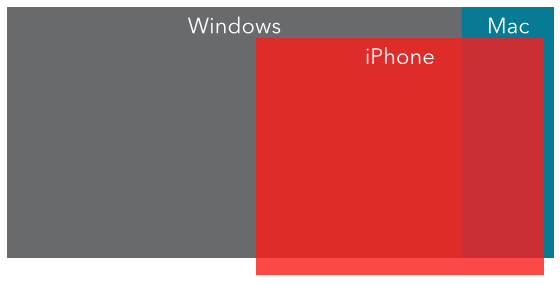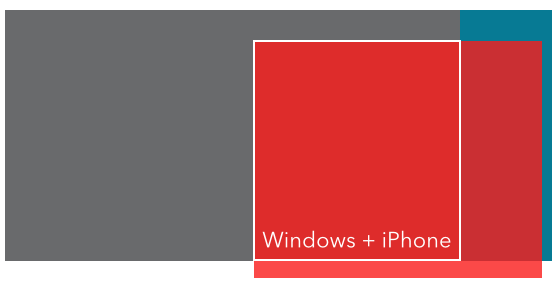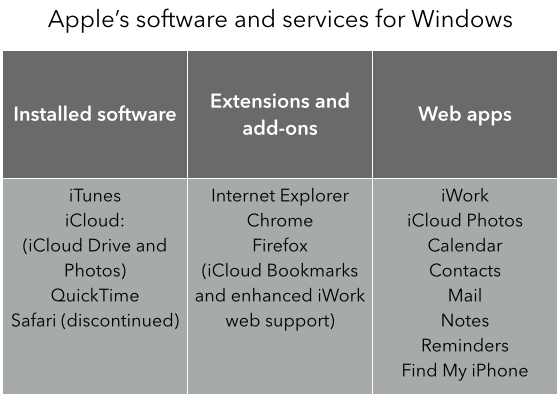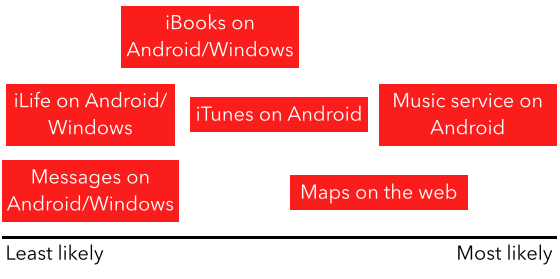Since Apple broke its usual rule of giving reviewers plenty of time to review its new products with the Apple Music launch, giving reviewers just a single day to review the service, I thought I’d break my own rule and do a review of my own based on my first day with the service.
Exactly the app I wanted
First off, the new Music app is just the app I’d wanted and hoped that Apple would eventually launch. I’ve always wanted to just be able to combine the music I already have in iTunes with new music I add from subscription services, but that’s always meant two apps in the past. Now it’s a single app, and Apple made this work just the way it should – “My Music” now means the combination of my library and the stuff I’ve added from the subscription service, seamlessly together in one place. I love this aspect of the service, and it immediately puts it head and shoulders above any other service by itself. The app itself is quick, responsive, not too glitchy (with some exceptions in the iPad version, in my experience today), and I found the layout perfectly logical and easy to follow. I’m increasingly convinced that reviewers calling Apple’s recent products and services “complicated” really mean that they’re very feature rich for v1 products, which I don’t see as a bad thing. By the same token, the iPhone is complicated, but I don’t think anyone calls it that.
As a result of all this, we’ll be discontinuing our other music services more or less immediately, once we’ve recreated a small number of playlists of favorite songs in Apple Music, something I largely completed today, which was very straightforward. I opted for the family plan on Apple Music, which means I’m finally headed for my first experience with Family Sharing. I haven’t heard great things about it from others who’ve worked with it, so I’m approaching this with a bit of trepidation, but hoping it works out OK.
Beats 1 is not for me – at least for now
One of the things I’ve been most interested in ahead of time was Beats 1, and exactly how it would work. We finally have a decent sense of the lineup, and today we got our first taste of Zane Lowe and his unique DJing style. I listened to Beats 1 for the first half hour or so, but found the genre-hopping jarring. Within those first 30 minutes, Zane Lowe played a bewildering mix of old and new material, genres as diverse as metal, rap, and pop, and it just reminded me why I’ve largely stopped listening to the radio in a world with digital music. My tastes in music are at the same time eclectic (I like many genres) and narrow (I tend to like just a few artists within each genre), which makes me a tough customer for this kind of thing (more on this later). I just didn’t like 90% of what I heard on Beats 1, and it gave me a headache. It also felt like Apple was working a bit too hard to promote its exclusives (Pharrell, Taylor Swift, AC/DC etc) and the service itself and Zane Lowe wasn’t free enough to be himself, so I hope that changes as the service goes on.
For You and personalized curation is better
I found the For You section and the personalized curation much more effective in my case, though I found my initial experience with the interest selection as frustrating as I had on Beats (which largely supplied the experience). The jiggling circles from which you choose first genres and then specific artists are fun visually but somewhat annoying to use in practice – as you choose items, they tend to crowd out other options that appear, and you end up choosing a variety of things that you kind of like because they’re the best options available, but they then make it harder to choose others. I think the best description for the genre I listen to most frequently is probably “singer-songwriter” but it’s not even in that initial list of genres, and many of my favorite artists never came up. As such, what I’ve told Apple Music I like is a weird mix of my second and third favorites rather than a true list of artists I really like.
Having said that, once I put a bit more work into this effort, selecting more of those artists with several taps of the “more artists” button, the recommendations For You provided started to get better. I’ve found several tracks I quite like that way already. As such, I think I’ll like this more personalized form of curation more enjoyable than the generic stuff in Beats 1.
Absence of desktop iTunes was bizarre
The weirdest thing about the launch was the things that went wrong – the total absence of updated versions of iTunes for hours after iOS 8.4 became available being the most obvious thing. This meant that the social sharing elements didn’t work at all on devices other than iPhones, with lots of broken links and error messages. It was a bizarre omission and I can only think Apple did it to avoid overloading its servers or something. But it took the shine of the service for anyone who doesn’t own an iPhone or wasn’t able to update their software today for whatever reason. The other odd thing was the hour of music and other stuff Beats 1 played before its official debut at 9am ET, which included Zane Lowe testing his mic and chatting with people in his studio, which was an awkward reminder of the stuff in the New York Times piece about how his equipment wasn’t working in the studio when the reporters were there. Everything seemed to be working fine when the show finally started, but it was another element that seemed to lack polish.
Connect looks really promising
One element I know there’s been a lot of skepticism about is Connect, which is reminiscent of Ping for many people. However, I think this is one of the areas of greatest promise, and one of several things that has the potential to set the service apart from competitors. The content there today is fairly limited, though it’s an interesting mix of polished video, candid snapshots and half-finished material, and even tweet-like text content. The content has lots of shares and quite a few comments, many of them welcoming both the service and their favorite artists’ engagement with it, which bodes well. But we need to see a lot more content from a lot more artists on a regular basis for this to work, so that’s something we’ll have to keep an eye on. As a social platform, though, it already looks vastly better than Ping.
A good start with some polish needed
Although I felt that the lack of polish and the glaring absence of the new version of iTunes detracted from the launch, the app itself is fantastic, and I’m totally sold on it. It’ll easily replace my existing options and do it much better than they ever could, and that’s really what this needs to be. Apple should easily win converts from Spotify with the service, but the bigger question remains whether it can make new customers for paid music streaming. After three months of using this service for free, I suspect many users will find it tough to give up, and that’s another major element in what I think will ultimately be a successful launch. Of course, that also means we won’t see any real positive sign of Apple Music in Apple’s financials until it reports earnings in January 2016 (since the first trial users won’t convert until the very end of September or early October). Ironically, what we may well see before then is a sharper drop off in the already falling music sales on iTunes, so the first impact may be negative rather than positive, especially as Apple is now paying out royalties during the free trials.

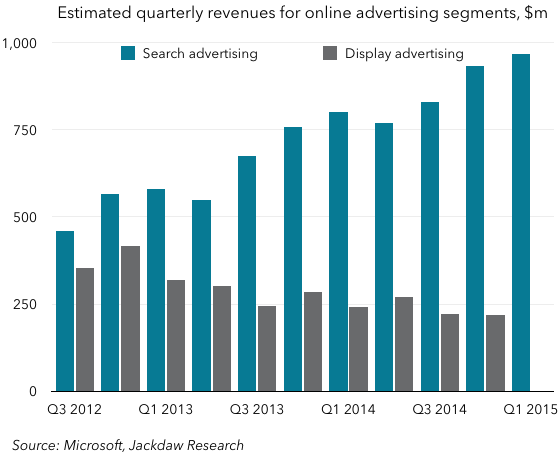
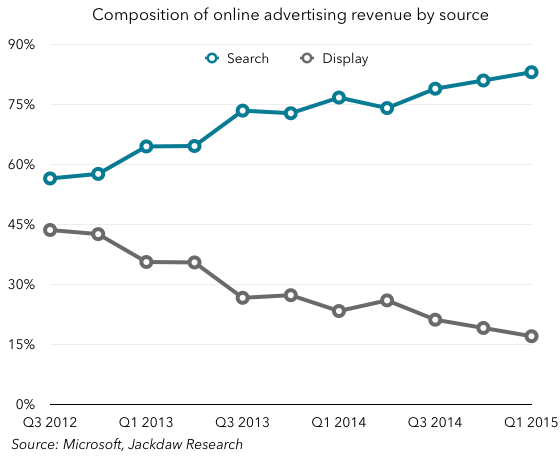

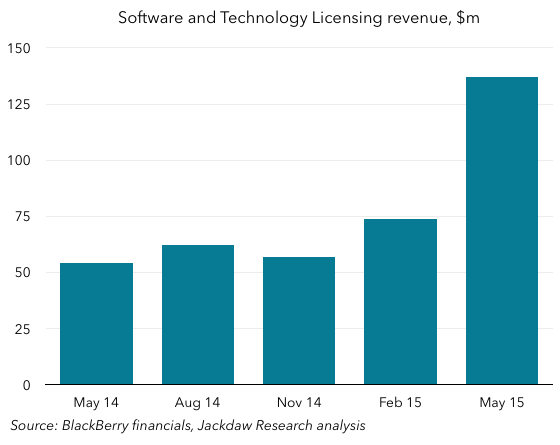
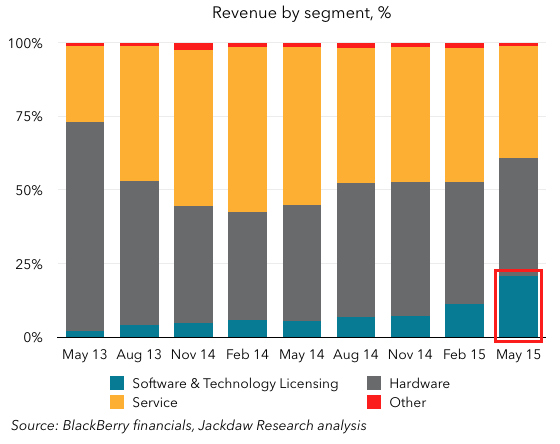
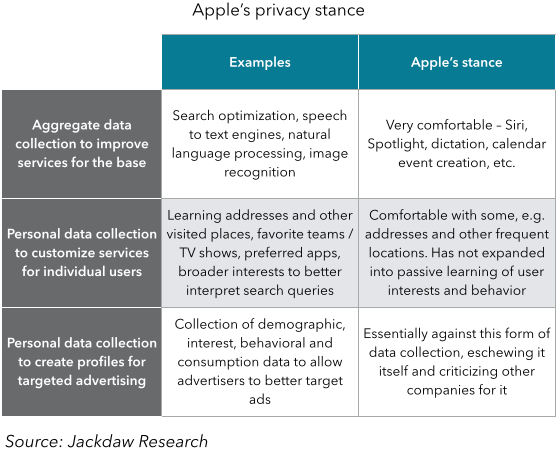 If this is accurate, and I believe it is, then Apple isn’t constrained at all when it comes to broad improvement of its services on an aggregated basis, because it’s clearly entirely comfortable with this form of data collection and analysis, and has even recently started crawling websites itself to further this effort. In the second category, it seems very comfortable with building basic profiles of its users through a combination of data users actively pass to its systems and a small amount of data inferred from behavior
If this is accurate, and I believe it is, then Apple isn’t constrained at all when it comes to broad improvement of its services on an aggregated basis, because it’s clearly entirely comfortable with this form of data collection and analysis, and has even recently started crawling websites itself to further this effort. In the second category, it seems very comfortable with building basic profiles of its users through a combination of data users actively pass to its systems and a small amount of data inferred from behavior 